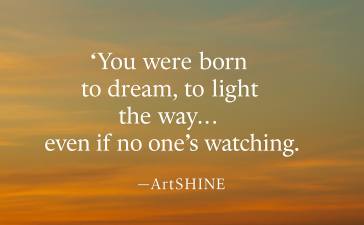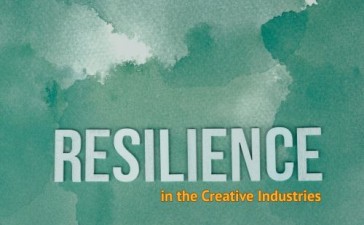A Study on Creatives, Artists, Surface Designers, and Photographers
In the creative industries, the line between passion and profession is often blurred. Many artists, surface designers, and photographers start their careers because they love what they do, but over time, the demands of making a living from their craft can shift their focus. The question then arises:
Do you live to work, or work to live?
For creatives, this isn’t just a philosophical question—it directly impacts their well-being, financial stability, and career trajectory. Through case studies and insights from industry professionals, we’ll explore the balance between passion and practicality, and how artists can build sustainable careers without losing their creative spark.
The Passion-Driven Creative: Living to Work
Some creatives are so deeply passionate about their art that they prioritise it over financial security or personal time. They immerse themselves in their craft, spending endless hours perfecting their work, often at the expense of relationships, rest, and even income.
Case Study 1: The Struggling Illustrator
Emma, a freelance illustrator, spent years creating personal projects and selling prints at markets. She rejected commercial work, believing that taking commissions would dilute her artistic integrity. While she found immense joy in her craft, she struggled to pay rent and often took on low-paying side jobs unrelated to art.
For Emma, the passion was fulfilling, but the financial instability led to burnout. Her story highlights a common struggle among creatives—when passion is the priority, sustainability becomes a challenge.
Key Takeaway:
Passion alone isn’t enough; without a financial strategy, artists may struggle to sustain their creative careers.
The Pragmatic Creative: Working to Live
On the other end of the spectrum are creatives who approach their work as a means to an end. They view art, photography, or design as a job that pays the bills, even if it means taking on projects they aren’t passionate about.
Case Study 2: The Commercial Photographer
David, a photographer, started his career shooting weddings and corporate events. While he initially pursued photography out of passion, he soon realized that event photography was more lucrative than fine art photography. Over time, his work became routine, and he lost interest in experimenting with new styles.
Although financially stable, David felt creatively unfulfilled. He struggled with the idea that he had “sold out” and was no longer producing work that excited him.
Key Takeaway:
While financial stability is crucial, losing touch with creative passion can lead to dissatisfaction and a sense of unfulfilled potential.
The Balanced Creative: Finding Harmony Between Passion and Profit
The most successful creatives find a middle ground between passion and practicality. They strategically navigate the industry, taking on commercial projects that align with their artistic vision while setting aside time for personal work.
Case Study 3: The Surface Designer with a Plan
Sophia, a surface designer, started her career by creating personal patterns and selling them online. She soon realised that licensing her work to companies allowed her to generate residual income while still maintaining her artistic voice. She structured her business to include a mix of personal projects, client commissions, and licensing deals.
By diversifying her income and setting boundaries, she was able to sustain a creative career without burnout.
Key Takeaway:
A well-planned creative business can provide both artistic fulfillment and financial stability.
Strategies for Finding the Right Balance
1. Diversify Your Income Streams
Many artists struggle financially because they rely on one source of income. Licensing, commissions, teaching, or selling prints can create a more stable financial foundation.
2. Set Boundaries Between Work and Personal Life
When you love what you do, it’s easy to work all the time. Setting specific work hours and making time for hobbies outside of your creative career can prevent burnout.
3. Define Your Non-Negotiables
Understand what you are and aren’t willing to compromise on. If a project doesn’t align with your artistic values, it’s okay to say no.
4. View Business as Part of the Creative Process
Many artists shy away from business and marketing, but understanding these aspects can empower you to take control of your career without sacrificing creativity.
Conclusion
Whether you live to work or work to live, the key is finding a balance that aligns with your personal and professional goals. Passion without sustainability leads to burnout, while financial success without creative fulfillment leads to dissatisfaction. The best approach is to integrate both—building a career that supports both your artistic ambitions and your quality of life.
For artists, surface designers, and photographers, success isn’t about choosing between passion and practicality, but about blending the two in a way that allows them to thrive.
Want to learn more?
- Find out more
- Launch Pad + Accelerator Expressions of Interest
- Selling and Licensing Your Art & Designs Around the World with ArtSHINE.
We’re here to help you to take action, just like we’ve helped thousands of other entrepreneurs, business owners, and creative professionals all around the globe.
Now is the time to let your passion SHINE.
Now is the time to Make Tomorrow Today!
To your success, Vinh Van Lam and Stuart Horrex Cofounders
ArtSHINE.com





